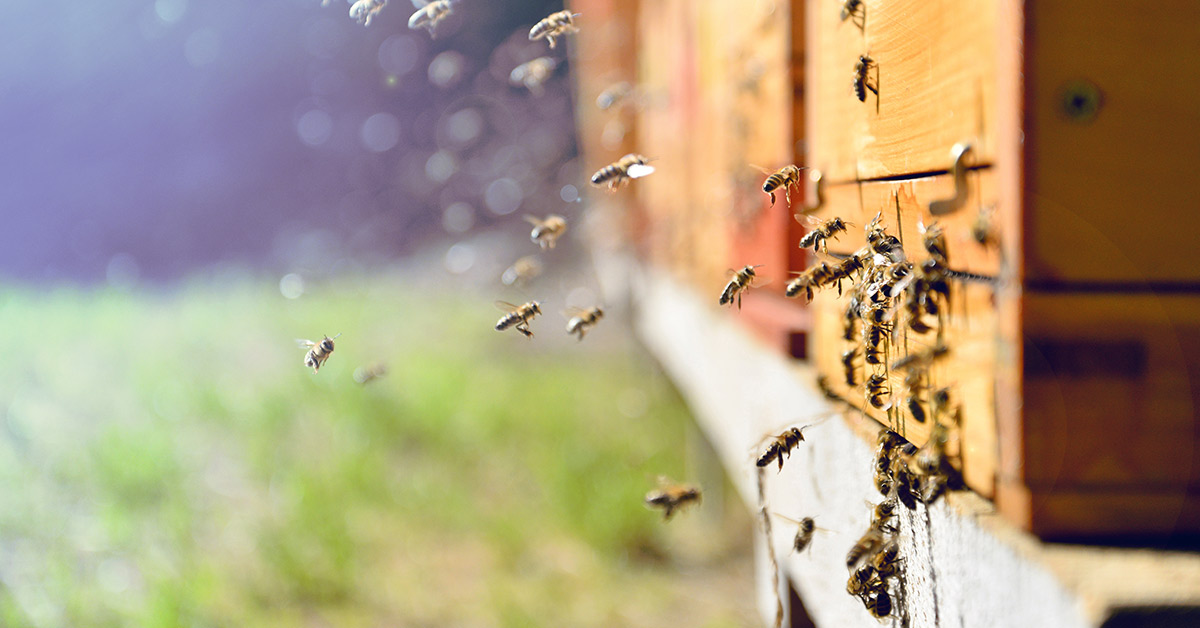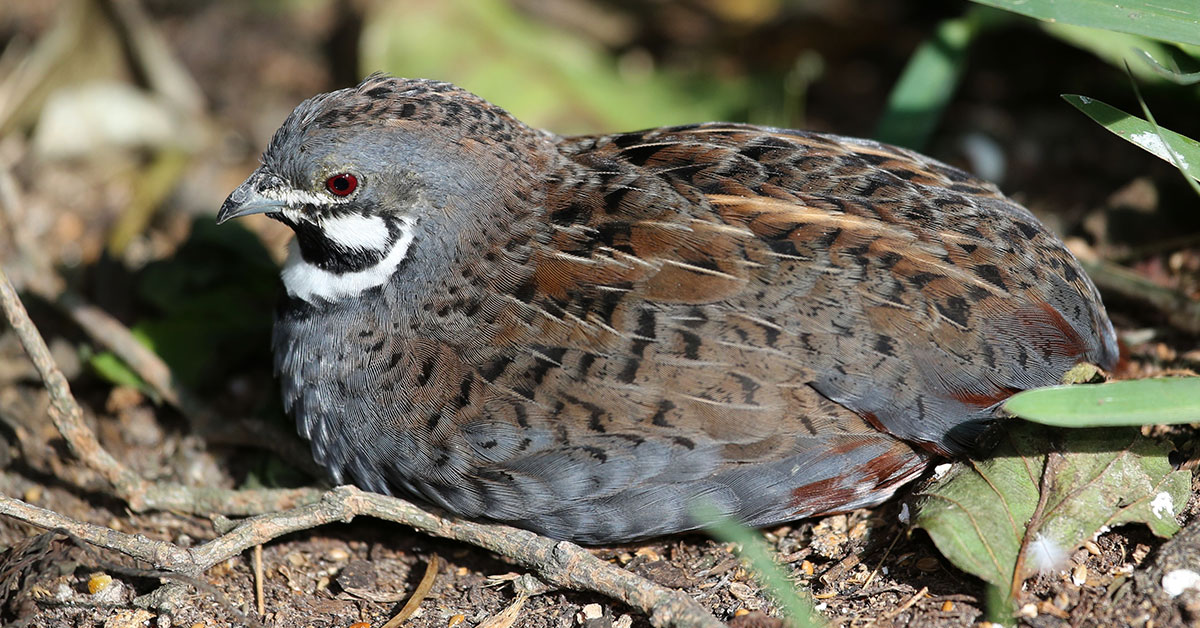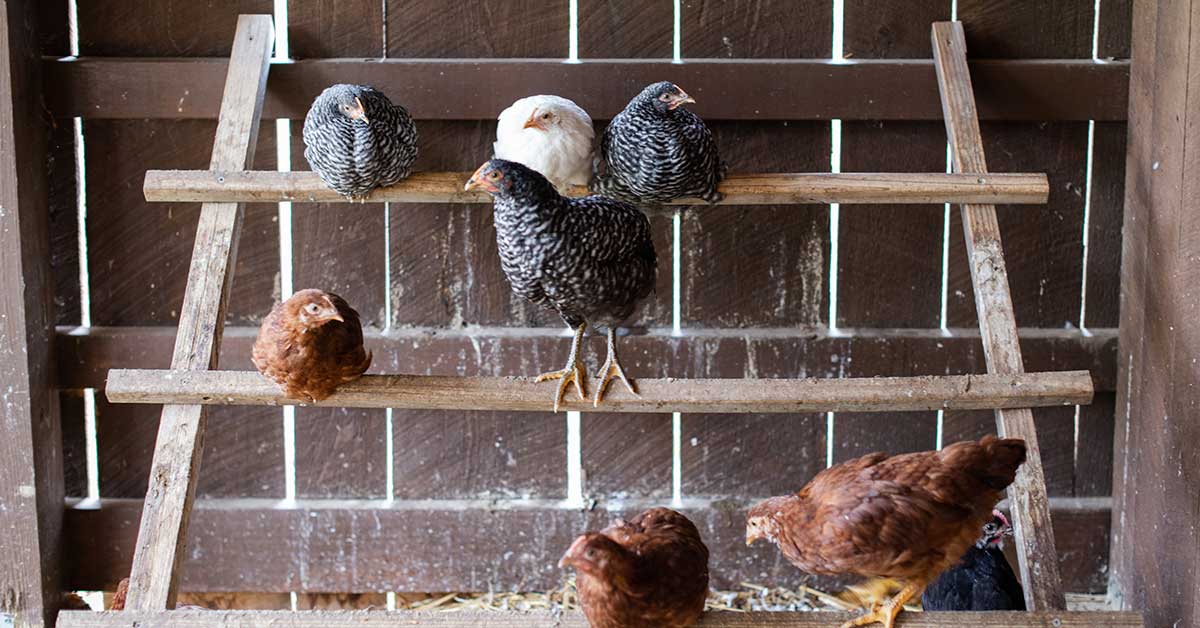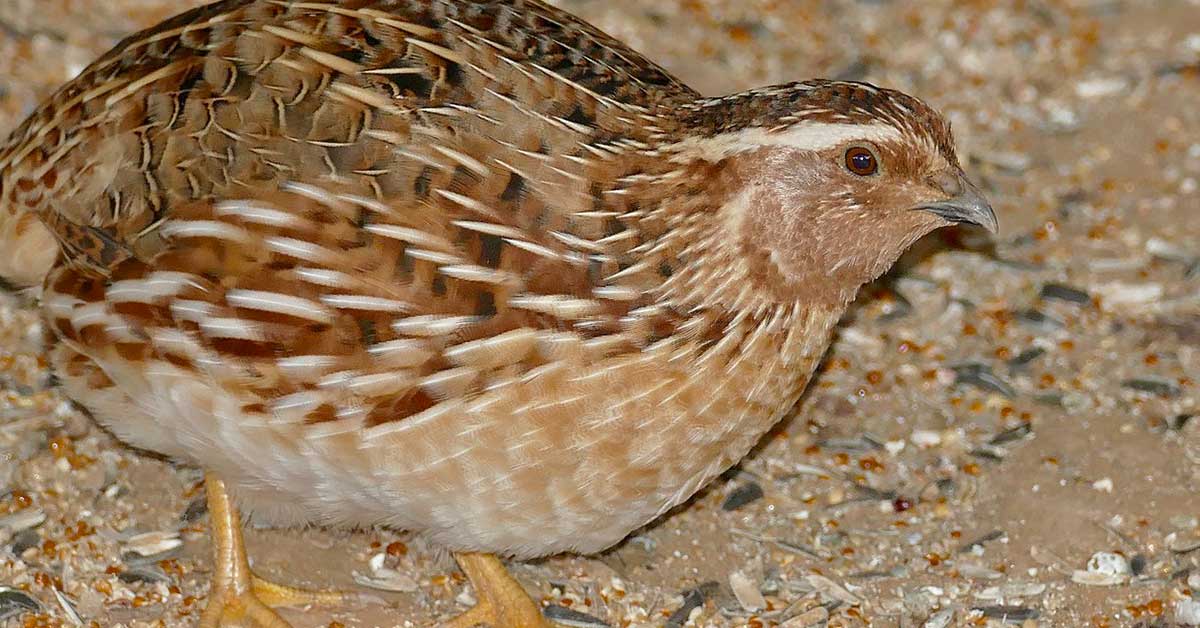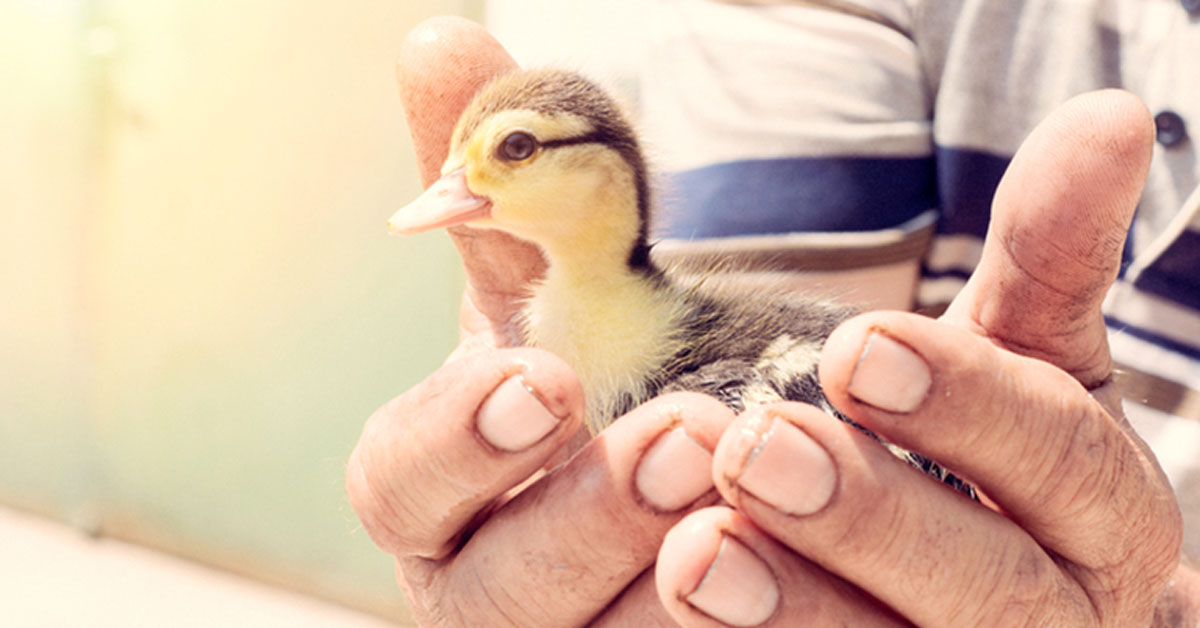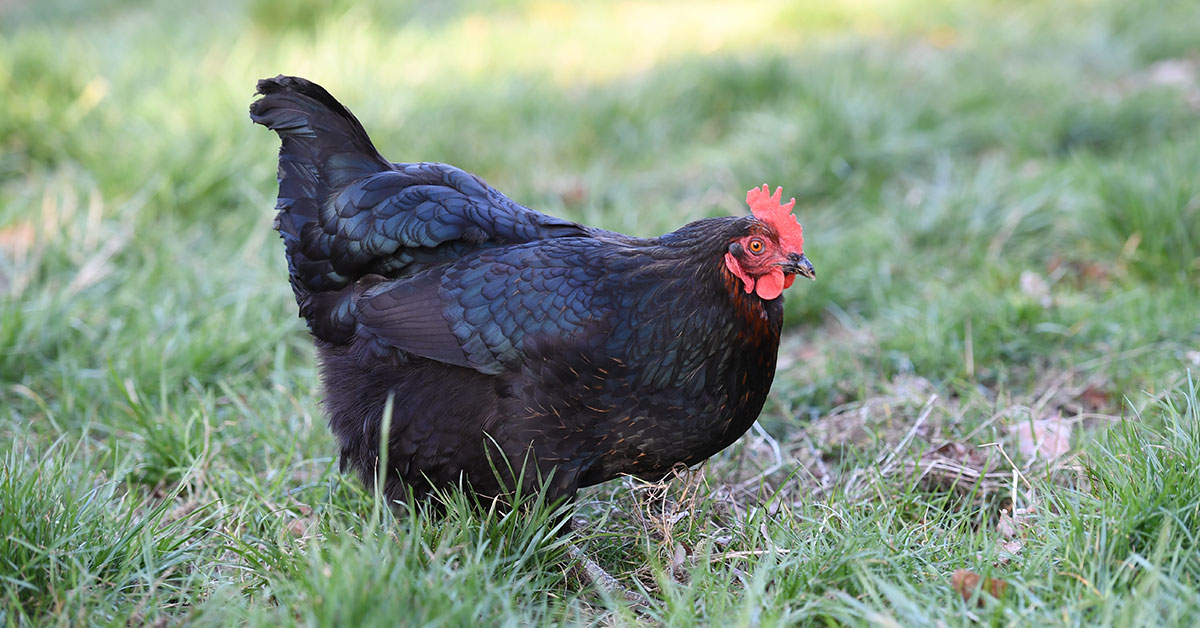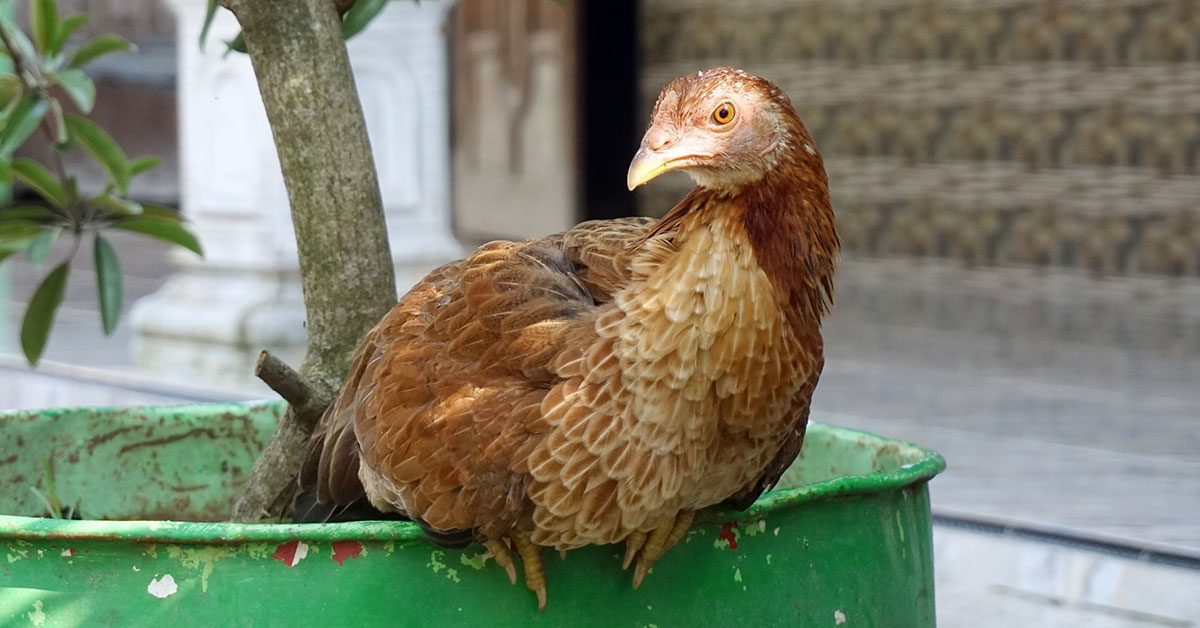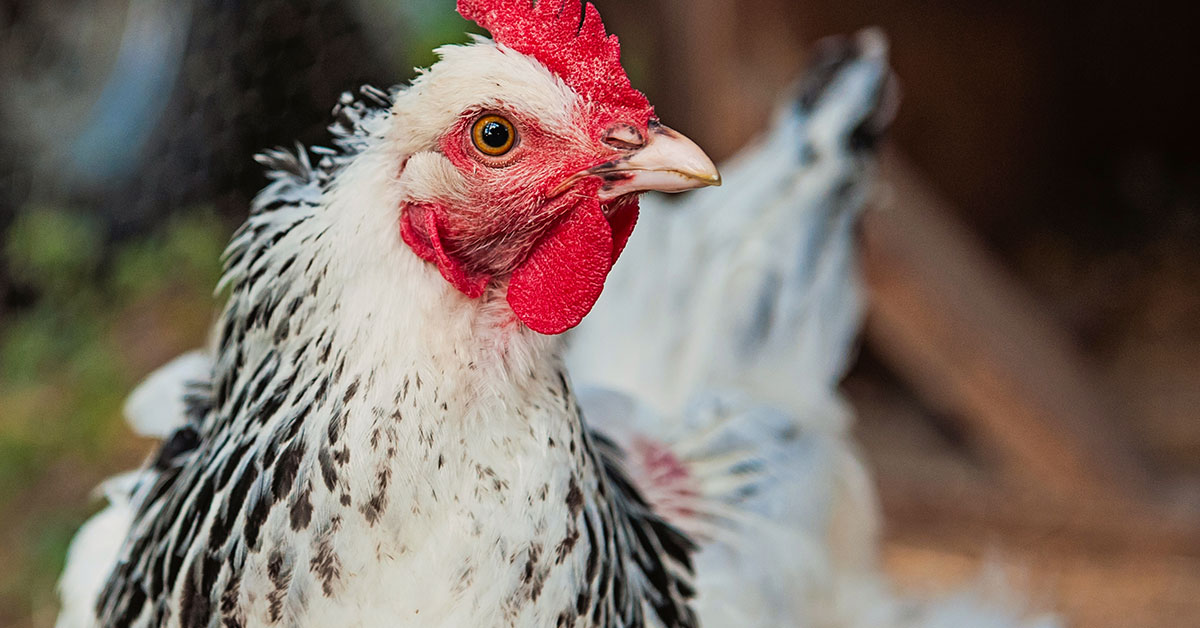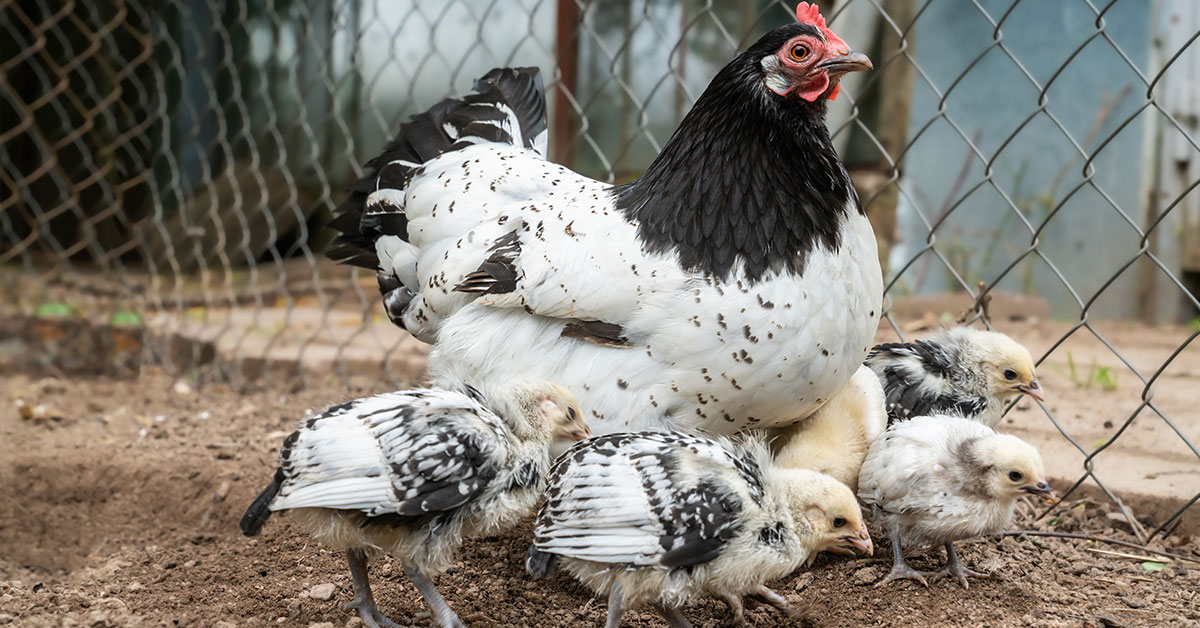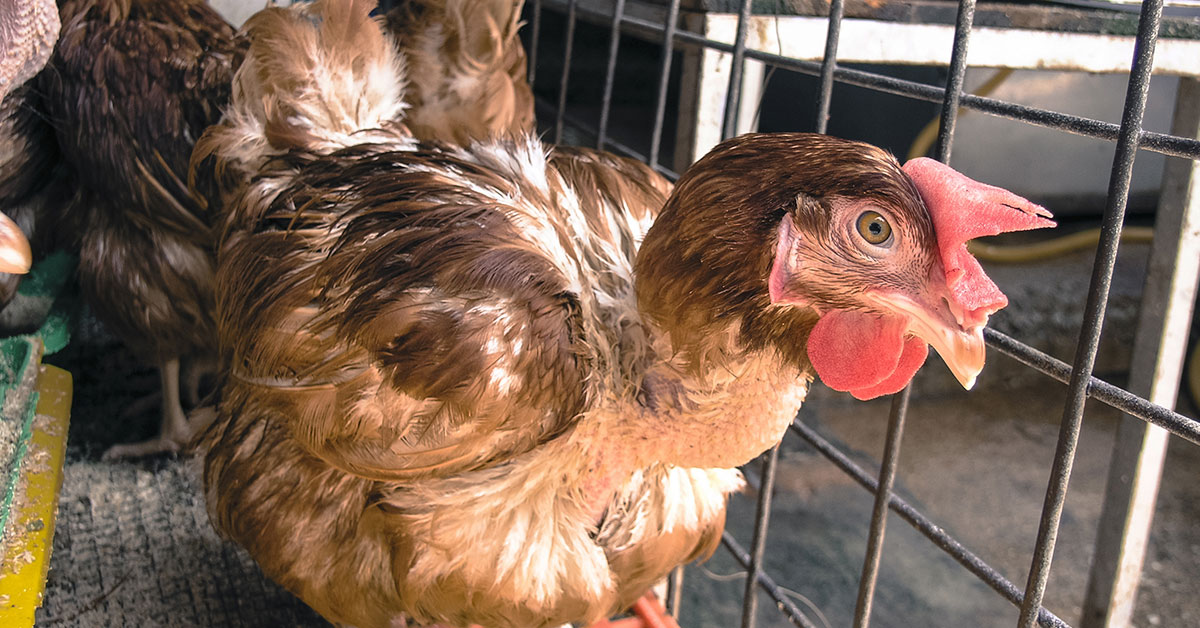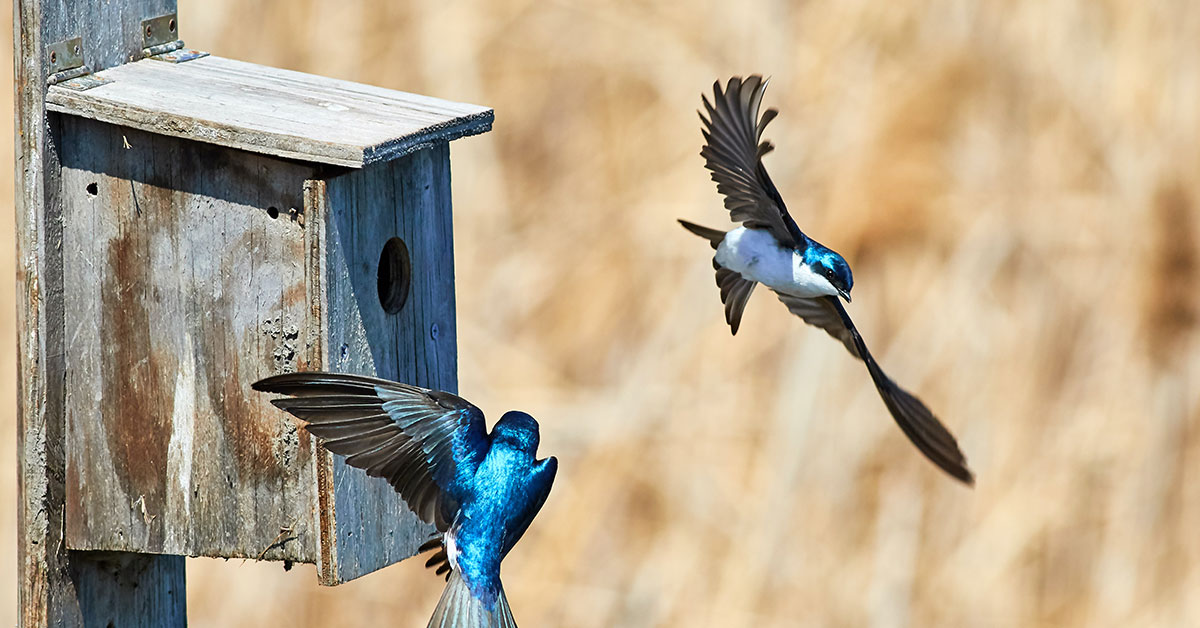If you’re looking to get into beekeeping, chances are you’re going to need to drop a few hundred dollars for all of the equipment that you’ll need, like the hive and safety gear, as well as the bee colony itself. But there is a way to obtain at least the bee colony for free: by attracting a swarm of honeybees. Each year in the spring and summer, new queens emerge from their hives and leave, taking part of the hive with them. They go in search of a new home, and if you know what to do, you can attract them to a hive you’ve set up for them. This is what you need to know about how to attract a bee swarm.
The biggest benefit to attracting a wild swarm is saving money. Purchasing the bees themselves can run you between $100 and $200. But that’s not where the benefits end. European honeybees aren’t native to North America, which is where I reside, but over time they become acclimated to the specific climate that they’ve been living and reproducing in for years and years. This makes them at least somewhat more resilient to local climatic factors, like hotter summers, colder winters, and so on.
Read more: To Help Save Bumblebees, Plant These Flowers in Your Spring Garden
How to attract a bee swarm
If you’ve ever noticed a lone honeybee in the spring or early summer checking out various cavities and places around your home, chances are, you’ve just seen what’s called a scout bee. Before a bee hive swarms, sending off a new queen with several hundred workers bees and a few drones, scout bees will go out and, well, scout! They look for potential places for their new hive to call home.
When scout bees go out looking depends largely on the climate in your region. You’ll want to do a bit of research on when these bees are likely to emerge and around when you should expect swarms to follow.
If you can convince a scout bee that your empty honey bee brood box is the best place to nest, there’s a good chance it, and a few others, will return a few more times and then eventually encourage the swarm to relocate there.
Read more: 10 of the best flowers for bees
These scout bees look for a few specific attributes. They look for someplace dry and preferably shaded. They require their would-be hive to be someplace they feel like they can easily defend. And the vacant space needs to be large enough for the hive to store enough food for the winter.
Simply put, it’s best to use an new or thoroughly cleaned honey bee brood box with a bit of artificial honey comb already situated inside. Don’t overfill the box right at first, leave plenty of space for the scout to get a good idea of how large it actually is.
You may want to initially restrict the size of the opening for your brood box. Some openings span the entire front of the box. To assure your scout bees that the box is safe, restrict the opening to about the size of a match book laid flat. This will help convince them that they are selecting an easily defended spot.
To help attract a swarm, there are commercially available swarm lures that can be purchased, but there’s some debate over how well those work and whether or not it’s even ethical to use them. I say ask around and do whatever is most likely to attract a swarm.
Read next: 9 practical things you can do to save the bees
